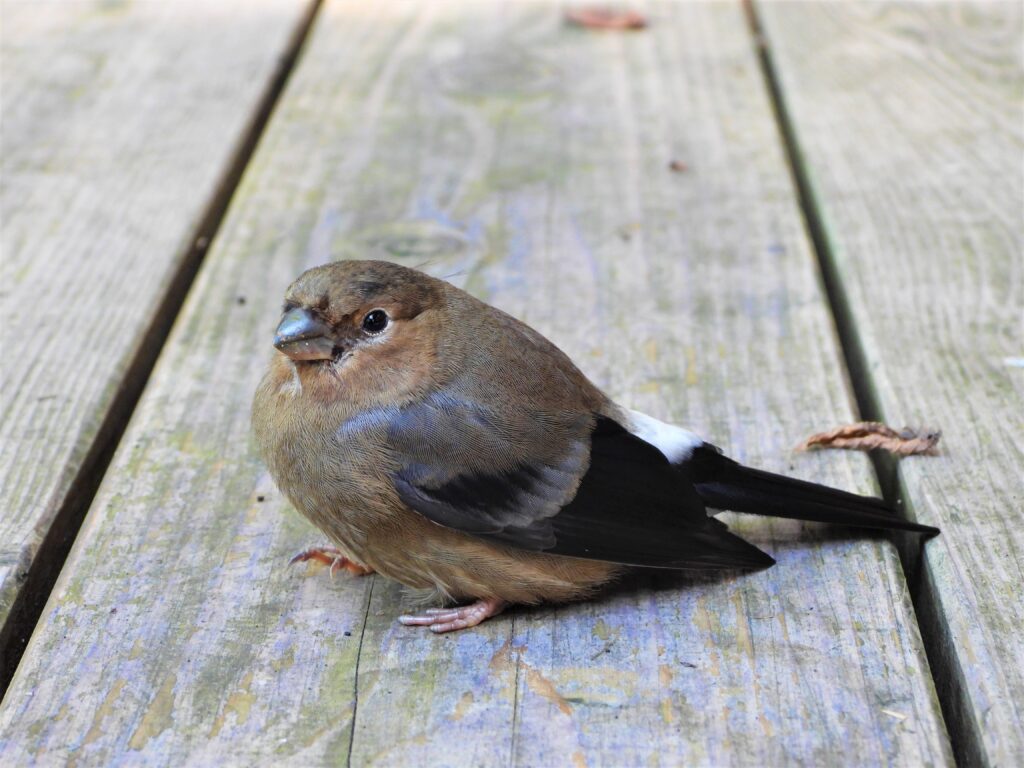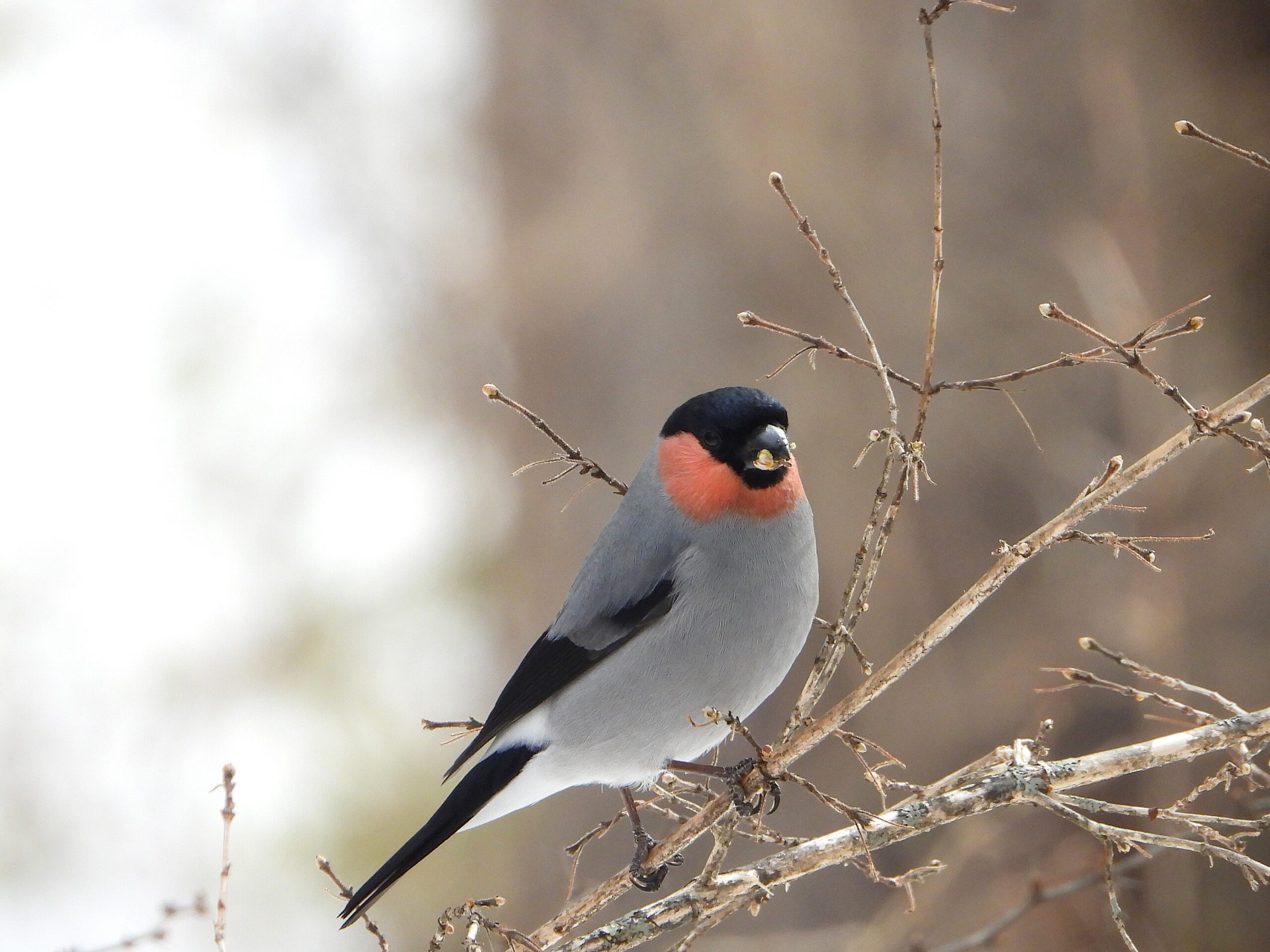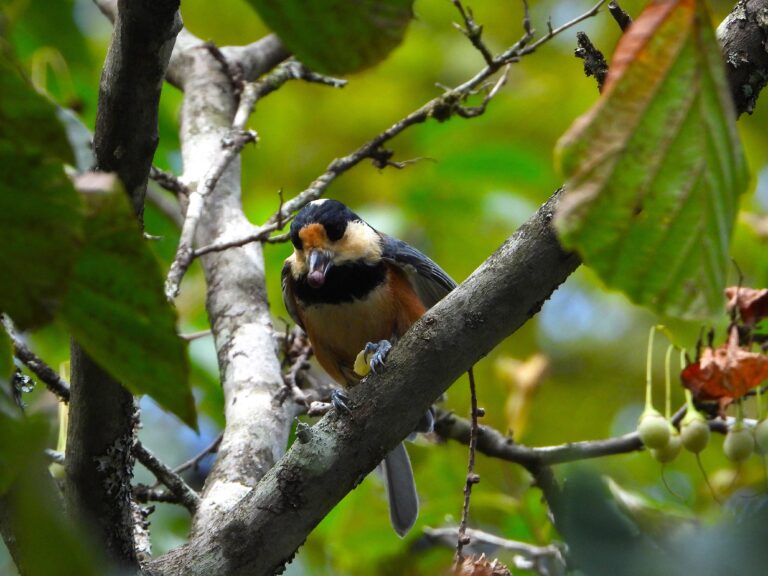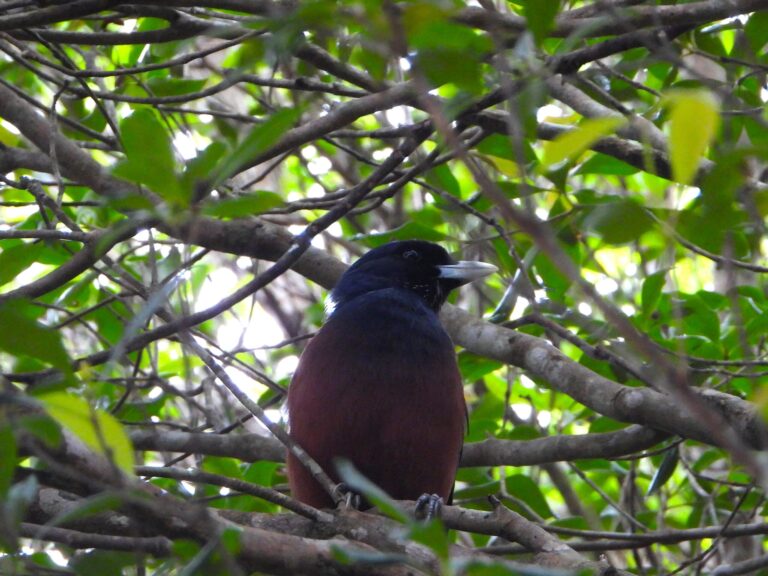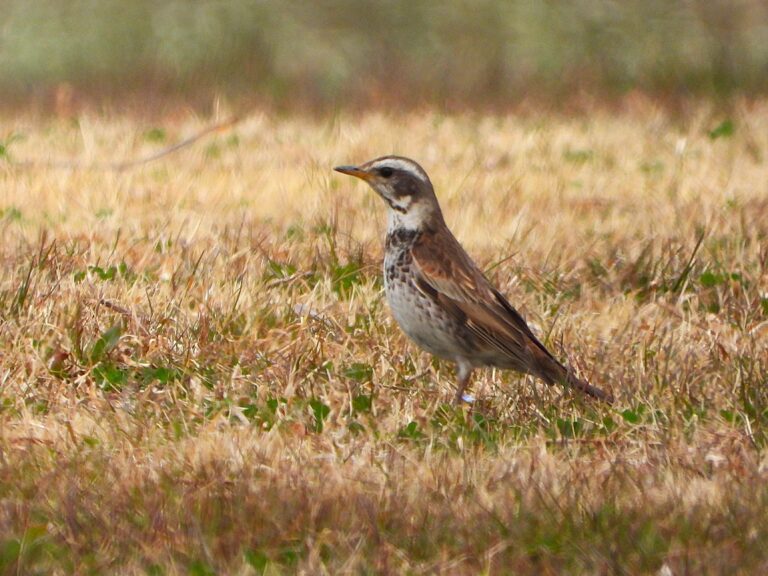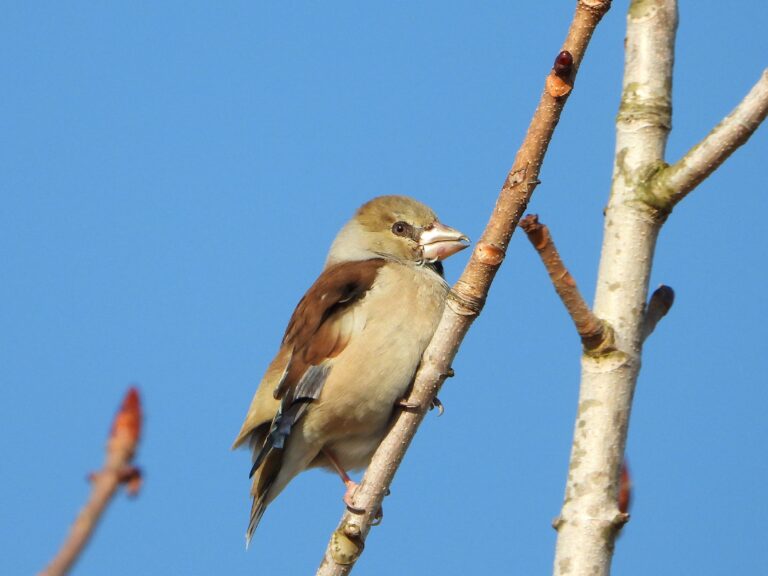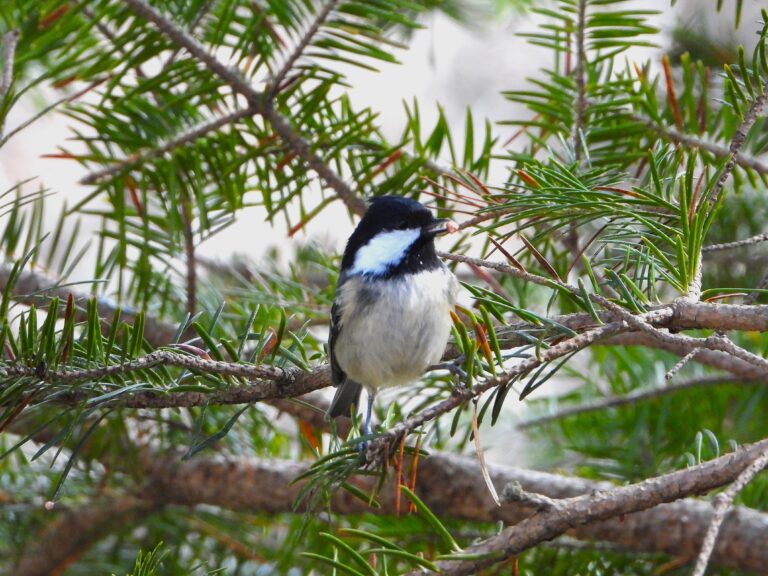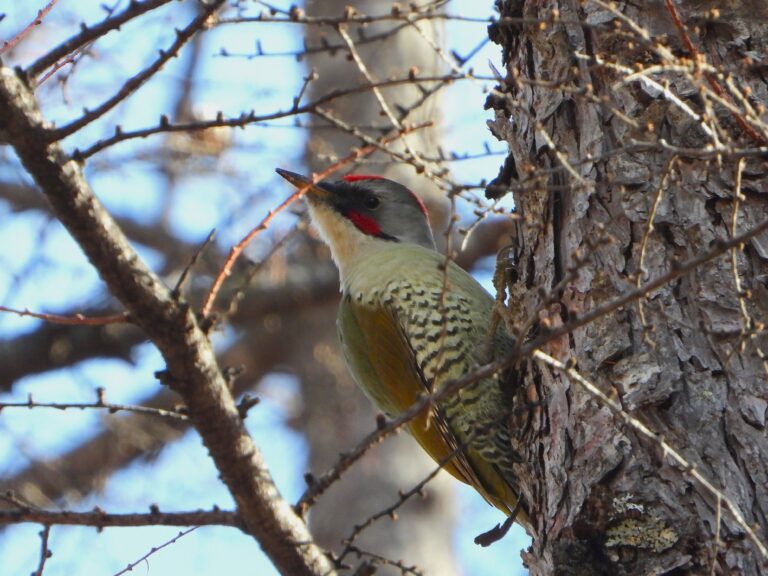Eurasian Bullfinch (Pyrrhula pyrrhula) – Wildlife of Japan
Introduction
The Eurasian Bullfinch is a quiet and gentle finch, best known for its soft, melancholy whistle that drifts through winter forests. In Japan, it is admired as a symbol of calm and subtle beauty. Though not flashy or loud, its delicate plumage and peaceful behavior leave a lasting impression on those who encounter it.
Appearance
A small, plump finch about 15–17 cm long. Males have a pinkish-red face and breast, with a black cap, wings, and tail contrasting against a bluish-gray back. Females are more subdued, showing brownish-gray underparts and a similar black cap. Both sexes have a short, thick, black bill ideal for feeding on buds and seeds. The overall impression is one of roundness, softness, and quiet charm.
Habitat & Distribution
The Eurasian Bullfinch inhabits mixed and coniferous forests across Eurasia. In Japan, the local subspecies Pyrrhula pyrrhula griseiventris breeds in Hokkaido and the highlands of central Honshu, favoring cool montane conifer forests. In winter, they descend to lower elevations, where they can be found in wooded parks and rural forests. Northern migrants such as P. p. rosacea also visit Japan during the colder months.
Where to See in Japan
Bullfinches can be found in mountain forests during summer and at lower elevations from autumn through spring. They are sometimes seen in forested parks, temple groves, and countryside woodlands across Honshu, Shikoku, and Kyushu. The best time to observe them is late winter to early spring, when they visit cherry or plum trees to feed on buds. Their soft “piu” or “peeu” call often gives away their presence before they are seen.
Behavior
Usually seen in pairs or small family groups, bullfinches move calmly and quietly through the trees. Their call is a gentle, whistled note that carries a melancholic tone. They rarely form large flocks and often remain still for long periods, blending into their surroundings. Their discreet nature makes them a rewarding bird for patient observers.
Diet
Bullfinches mainly feed on seeds, berries, and buds. In early spring, they are often noticed feeding on cherry and plum flower buds—a behavior unique and sometimes noticeable when blossoms fail to open. During the breeding season, they supplement their diet with small insects to feed their chicks.
Reproduction
Breeding takes place from May to July in dense coniferous or mixed forests. The nest, built low in shrubs or trees, is made of twigs, moss, and lichen and lined with soft grass or animal hair. The female lays 4–6 pale blue eggs with fine speckles and incubates them for about two weeks. Both parents share feeding duties, and the young fledge after approximately 15–17 days.
Conservation
The Eurasian Bullfinch is classified as Least Concern by the IUCN and remains widespread across its vast range. In Japan, populations are generally stable, though numbers fluctuate depending on food availability and winter conditions. Maintaining healthy forest ecosystems ensures suitable habitat for this quiet and beautiful species.
Author’s Impression
One morning, when I stepped out onto my balcony, a tiny and charming visitor was waiting for me — a young bullfinch resting quietly. I watched from a distance, not wanting to startle it. After a short while, it gathered its strength and flew away with a gentle flap of its wings. I took this photo at that very moment — a small but unforgettable encounter.
The Eurasian Bullfinch has always felt like a symbol of peace to me: calm, soft-voiced, and full of quiet beauty.
